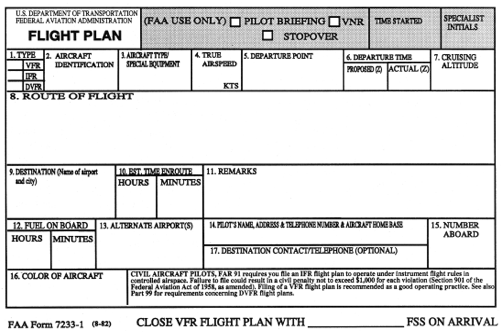 Plan your flight and fly your plan. That is the adage that aviators use before setting foot into an aircraft. The same should apply to a recruiter making a call to either a client or a candidate. So many of us filled with the urgency to get our message out and connect with clients/candidates just pick up the phone and start gabbing when a real, live person answers. Similarly, and more often than not, when we get an answering machine we stumble and stagger in terms of what to say. It doesn’t make us appear to be or sound professional.
Plan your flight and fly your plan. That is the adage that aviators use before setting foot into an aircraft. The same should apply to a recruiter making a call to either a client or a candidate. So many of us filled with the urgency to get our message out and connect with clients/candidates just pick up the phone and start gabbing when a real, live person answers. Similarly, and more often than not, when we get an answering machine we stumble and stagger in terms of what to say. It doesn’t make us appear to be or sound professional.
Recruiting is a profession, and recruiters serious about their profession are always seeking ways to improve their skills, message delivery, and overall success in the business. Success not only translates into income but overall job satisfaction.
When calling a candidate or potential candidate, lay out in your mind what you would like to accomplish with the call and your desired outcome. For example, we generally want to know three things: whether a candidate is qualified; if they are interested; and, if they are “priced right” for the opportunity that we have. Getting to those answers may not be straight forward, particularly depending on the type of candidate call. Having a plan, however, either mentally or written down, will help you achieve your goal.
Candidate leads can be active or passive, with several flavors of each. If a candidate is an “active” lead, as in having a resume posted on a job board or a referral, it is relatively easy to assess 1) whether the candidate is still actively looking; 2) if they might be interested; and 3) what their salary expectations are.
For passive candidates you may wish to use a more conversational, probing approach to assess their openness to discussing new opportunities to the point of even not mentioning a new opportunity until further along in the conversation if even at all. You can usually determine this by the tone of the first few minutes of the conversation.
Try to assess the kinds of things that are not optimal in their present situation and conversely what kinds of things would attract them to a new opportunity.
Perhaps if they are not interested in hearing more, obtain permission to keep them in your database for new potential opportunities and periodic contact, and ask if they might know of anyone in their network who might be considering a search for a new opportunity. Everyone you speak with is either a candidate, future candidate, potential client — or they may know someone who is either. Capture this information in your database.
More often than not, however, attempts to reach “live” candidates result in your call being diverted to a voice mail system. You can learn a lot from a voice mail message. A person’s greeting, the manner in which they speak, and the enthusiasm that comes through over the telephone provides some initial insight into how this person may sound to your client. Over time, a good recruiter develops a knack for assessing candidates just from these verbal cues.
Leaving an intelligent, logical, and compelling voice mail message with a “hook” will increase your chances of hearing back from a candidate. State your name, your telephone number (slowly), and the reason for you call. Instead of saying, “I found your resume on a job board,” use some creative language like “one of my researchers provided me with your resume and you look like a great candidate for some of the opportunities that I am currently working on.”
You may wish to provide some brief information on the company, why it is a great company to work for, some brief information on the opportunity, and just why this is a such great opportunity. Be specific to differentiate from the rest of the pack. Avoid giving the impression that you are reading from a script. A slow, conversational tone will impress a candidate with professionalism. At the end of the message again provide your name and number (slowly!) to improve chances of a call back. You may also want to send an email as a follow-up, referencing your phone call and reiterating the information you outlined in your phone call. Highly sought-after candidates are busy. Make your phone call the one that gets returned because it is intriguing, compelling, and offers a “hook” to the candidate to want to learn more.
Plan your message, the sequence of the message, the compelling short story, and the message “hooks” that will hopefully increase your chances of a call back from a highly sought after candidate.
Proper pre-call planning and rehearsal will minimize aahs, umms, and disjointed messages that will dissuade use of the voice mail delete key and give the candidate the desire to learn more.